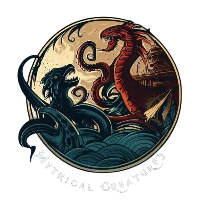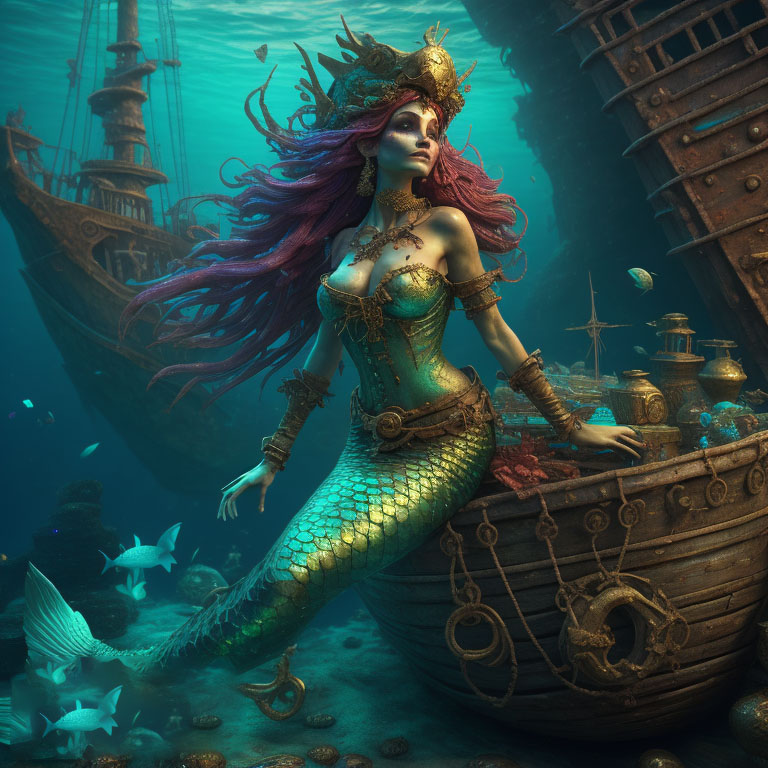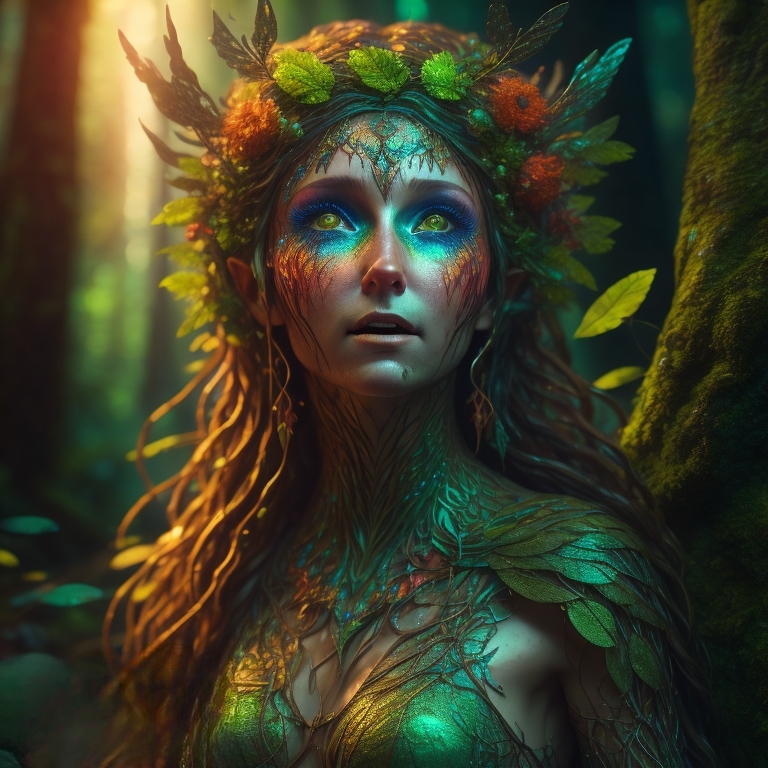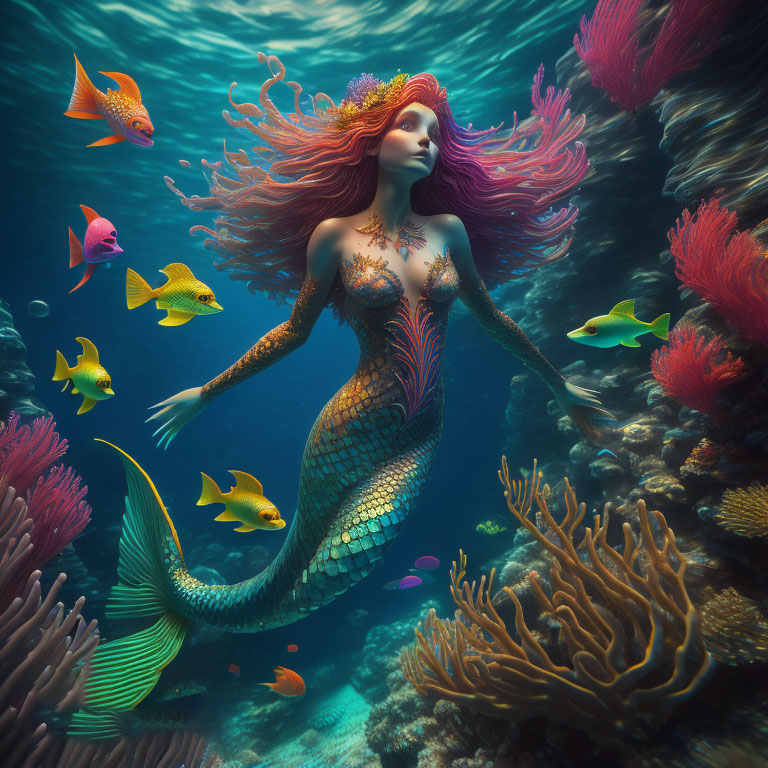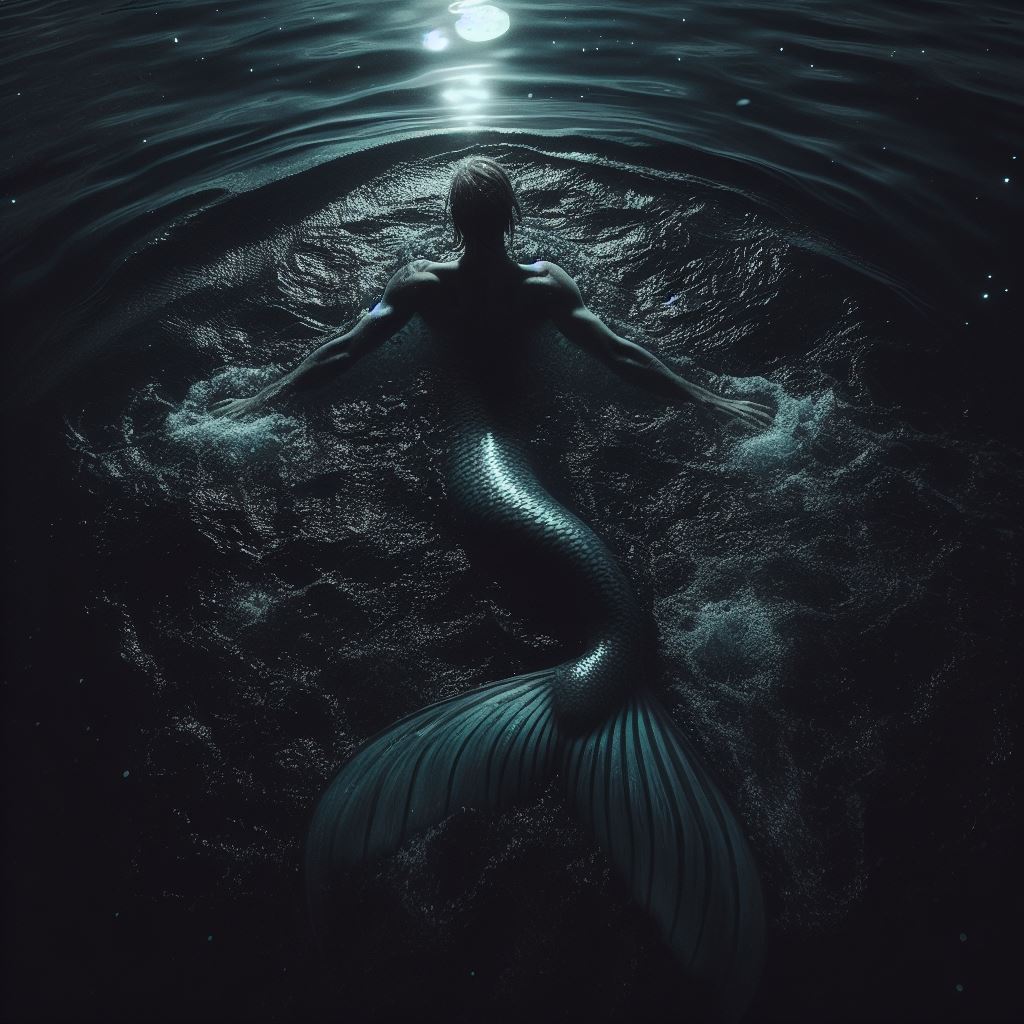
Mermen are mythical male aquatic humanoid creatures that originate from folklore and mythology around the world.
Often depicted with a human upper body and the tail of a fish, mermen hold an enduring fascination and appear widely throughout classic storytelling as well as modern popular culture.
ads content
Mermen definition
Mermen serve as the male counterparts to iconic mermaids, sharing their combination of human and marine animal traits.
They inhabit the mysterious depths of lakes, seas, and oceans. The legends of mermen concept typically portray them as half human, half fish beings, with the upper body, arms, and head of a man and the lower body and tail of a fish.
Their forked tails allow them to propel easily underwater and live comfortably beneath the waves.
Just as mermaids beguile sailors with ethereal beauty and enchanting siren songs, mermen may also surface to interact with seafaring humans or lure them into the aquatic realm.
Their purposes and motivations can range from benign to sinister across different tales. Like mermaids, they often demonstrate magical abilities over water and weather.
Legends abound of people encountering beings who might qualify as mermen, but scientifically verified proof remains elusive to this day.
Mermen in Mythology and Folklore
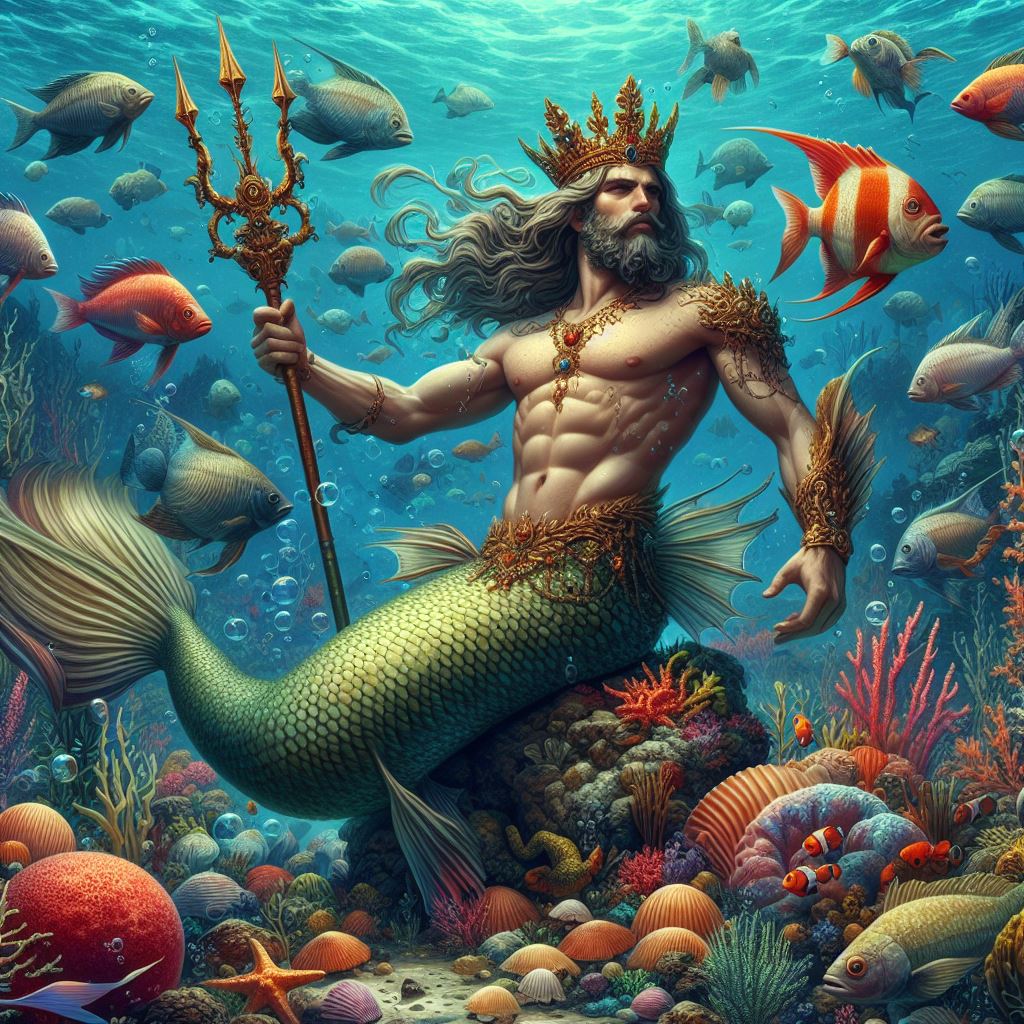
Human civilizations around the world feature mermen in their mythological and legendary stories going back thousands of years.
From ancient Greek and Roman gods to European folk creatures to Asian spirits, mermen constitute a ubiquitous theme that captures imagination across cultures. Tales of aquatic beings with mixed human and fish characteristics persisted across time periods in regions across the globe.
ads content
Greek and Roman Myths
Some of the earliest records of mermen come from Ancient Greek and Roman legends.
Deities associated with the sea such as Triton, the messenger of the sea and son of the powerful sea god Poseidon, often appeared as having the upper human body fused to a fish-like tail.
Triton in particular is an iconic prototypical merman figure, sentinel of the ocean depths.
Other Greek myths mention sea deities such as the ichthyocentaurs, creatures with centaur-like form: human heads and torsos on horse-like bodies with fins and fish tails.
These types of creatures symbolized the mysterious, alien realm hidden under the ocean surface.
The Romans later absorbed Triton and other mermen figures into their own pantheon of gods. Neptune, the Roman counterpart to Poseidon, similarly reigned over seascapes filled with extraordinary creatures.
From coins depicting Triton to mosaics of sea creatures, Romans widely depicted fantastic maritime beings throughout their artifacts and culture.
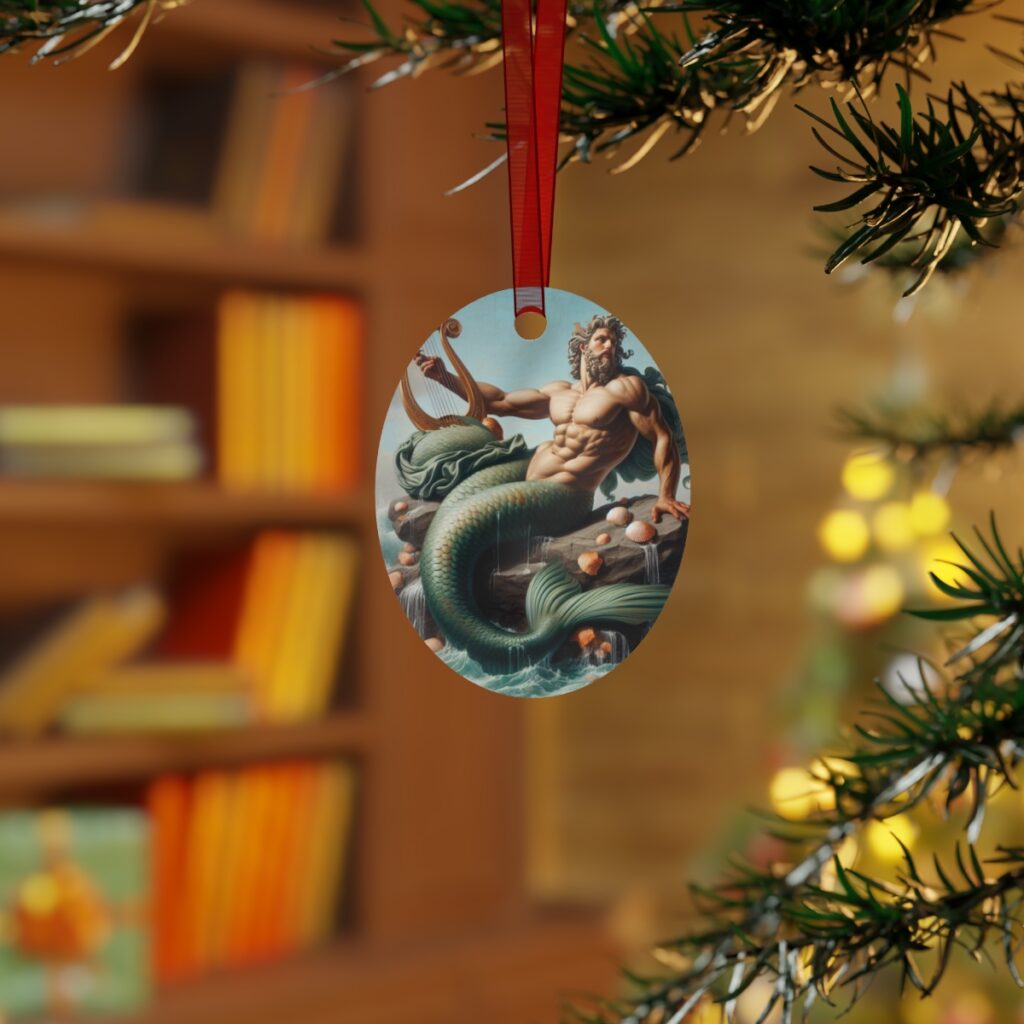
Merman Ornament with merman art -Fantasy&Greek mythology
European Folklore
In European fairy tales and folk tradition outside of Classical mythology, mermen also feature prominently.
The figure of Melusine, a female spirit cursed into becoming half-serpent or mermaid on certain days, prominently appears across Western European stories from France to the Balkans to the British Isles. Her mermen counterparts each have local variations as well.
The Slavic vodník resembles a gruff old man who dwells in water depths while the Scottish ceasg resembles a merman or merrow. These mythic figures represent the capricious, surreal domain of the waters.
Asian Myths
Asian myths also contribute to global merfolk lore. Chinese traditions tell of sea dragons as well as a fish-like race called the Kuei.
Japanese folklore describes ningyo, fishlike humanoid beings not unlike Western mermaids.
Variously described as frightening to behold or alluring enough to consume, ningyo reflect the auspicious and ominous potential of the deep sea in the Japanese consciousness.
The exotic, appealing, yet alien nature of merbeings recurs throughout multiple cultural contexts.
Mermen in Classic Storytelling
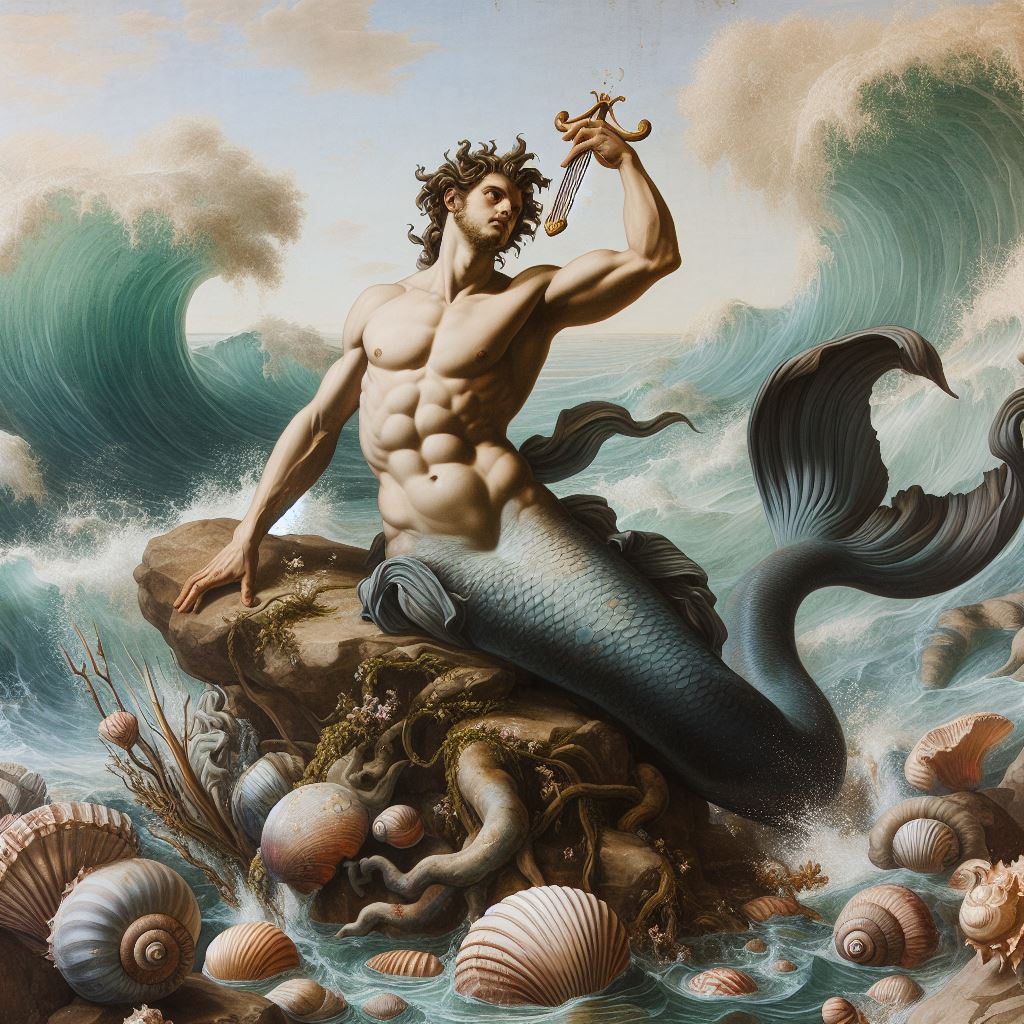
Beyond oral folk tales, mermen also surface in foundational written storytelling traditions around the world ranging from Homer’s Odyssey to Arabian Nights to Hans Christian Andersen’s works.
As one of the oldest known literary works in Western civilization, Homer’s Odyssey contains descriptions of the sea gods Proteus and Triton that established key merman archetypes.
The massed collected tales of Arabian Nights similarly contain a whole world of aquatic jinn and magical beings including mermen inhabitants.
Hans Christian Andersen’s fairy tales also allude to merfolk, cementing their role in children’s fantasy. The ubiquity of mermen characters across different fictional genres and time periods underscores their mythic hold on creativity.
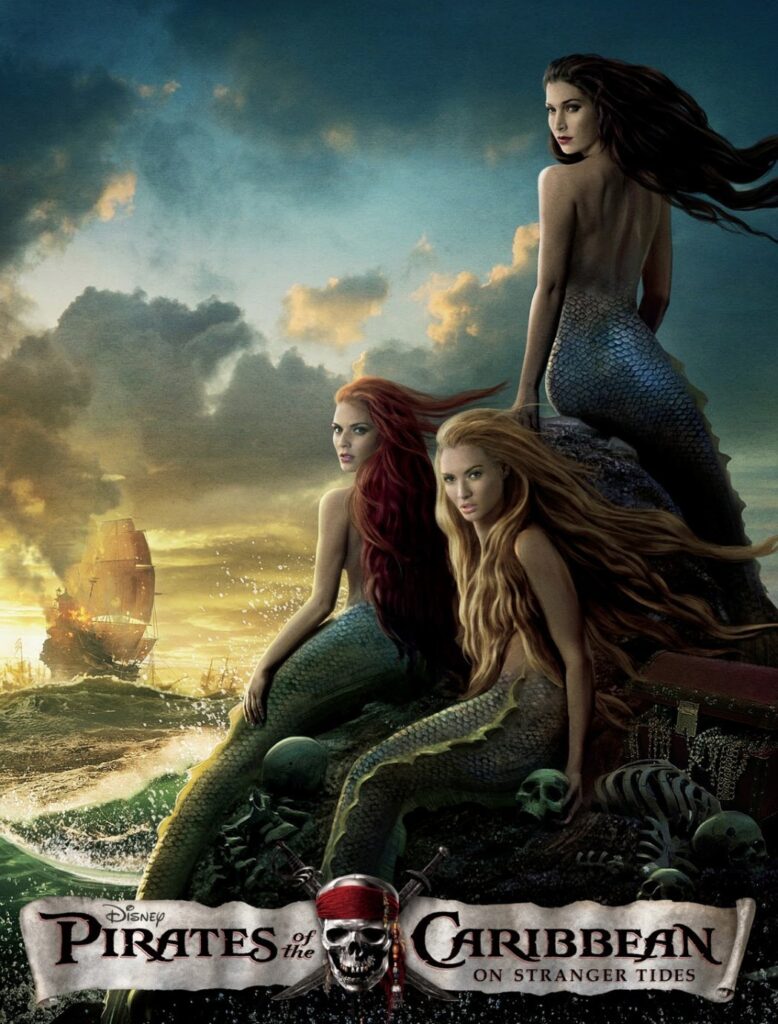
photo credit: Pirates of the Caribbean franchise
Mermen in Popular Culture
Though mermen originate from ancient myths and early storytelling oral traditions, they continue to feature heavily in contemporary popular culture, showing their enduring appeal.
Merman movies
Multiple films prominently feature mermen characters, helping introduce them to new generations.
In the 1984 romantic comedy Splash, Tom Hanks’ character falls in love with a mermaid, played by Daryl Hannah, who can transform into human shape on land.
Disney’s 1989 animated classic The Little Mermaid famously features mer-people characters like King Triton and Sebastian.
In the Pirates of the Caribbean film series, fearsome aquatic antagonists like Davy Jones appear in amalgamated human-animal form, echoing folkloric sea monsters.
Television
Mermen also make appearances on both live action and animated television programs. Series like H2O: Just Add Water chronicle youths who transform into mermaids.
The Disney Channel show The Thirteenth Year tells of a teenage boy who starts becoming a merman.
In animated shows like Futurama, bizarre mutant sea creatures analogous to mer-beings suggest how they might endure even in fictional futuristic settings.
Literature
Prominent mermen characters star across comic books and graphic novels as well, keeping them current by accessing contemporary fantasy genres.
DC’s Aquaman series centers wholly around the fictional undersea kingdom of Atlantis, populated by mermen, mermaids, and assorted aquatic beings.
Comics like Neil Gaiman’s The Sandman also incorporate mermen legends into their vivid, surreal universes by including figures like the watery Naga kingdom.
Art
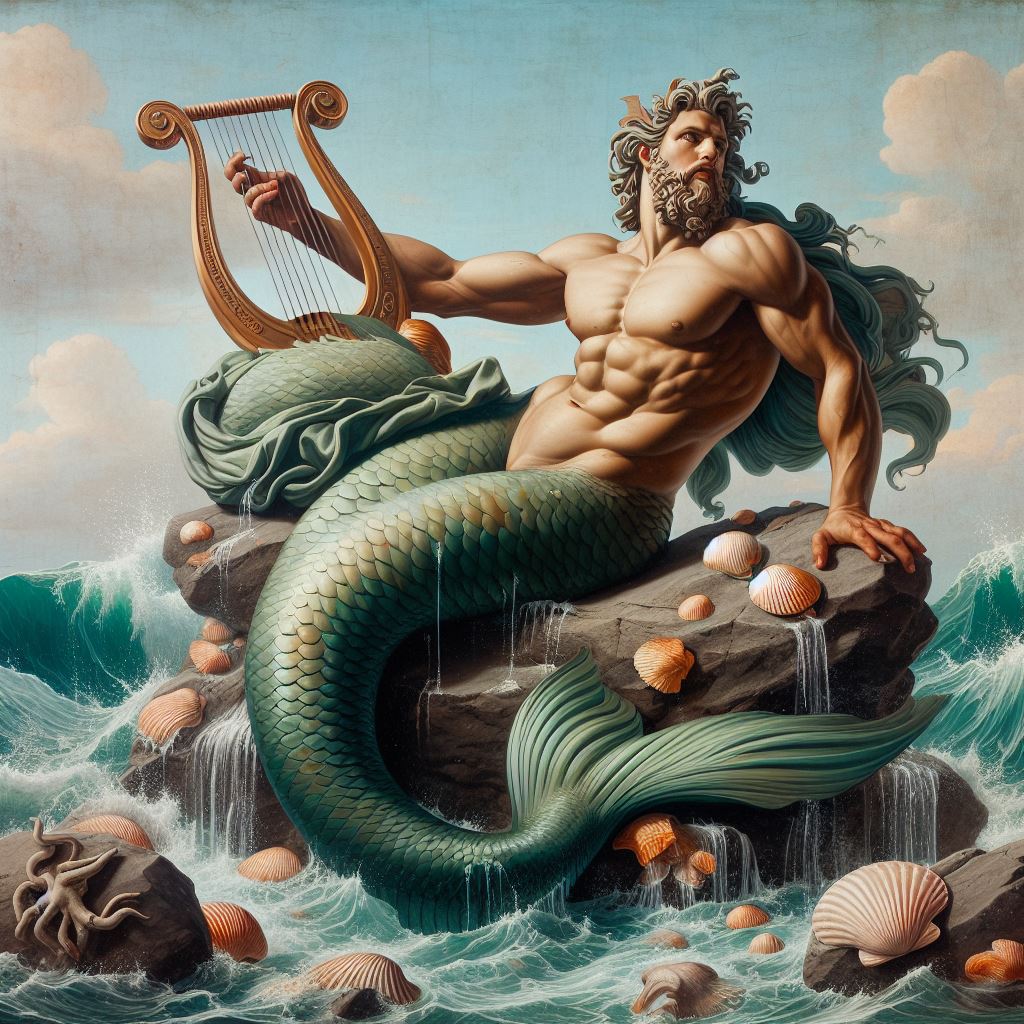
As folk art motifs, representations of mermen endure worldwide across artistic traditions. Sculptures across Northern Europe illustrate strange beasts and fish-tailed figures that could have inspired later merfolk renditions.
In India, temple carvings show apsaras and other mythical aquatic spirits. Mermen designs also recur in modern art, with painters like John Waterhouse capturing their romantic mystique in numerous classically inspired works.
Overall, mermen remain ubiquitous as artistic subjects.
Biology of Mermen
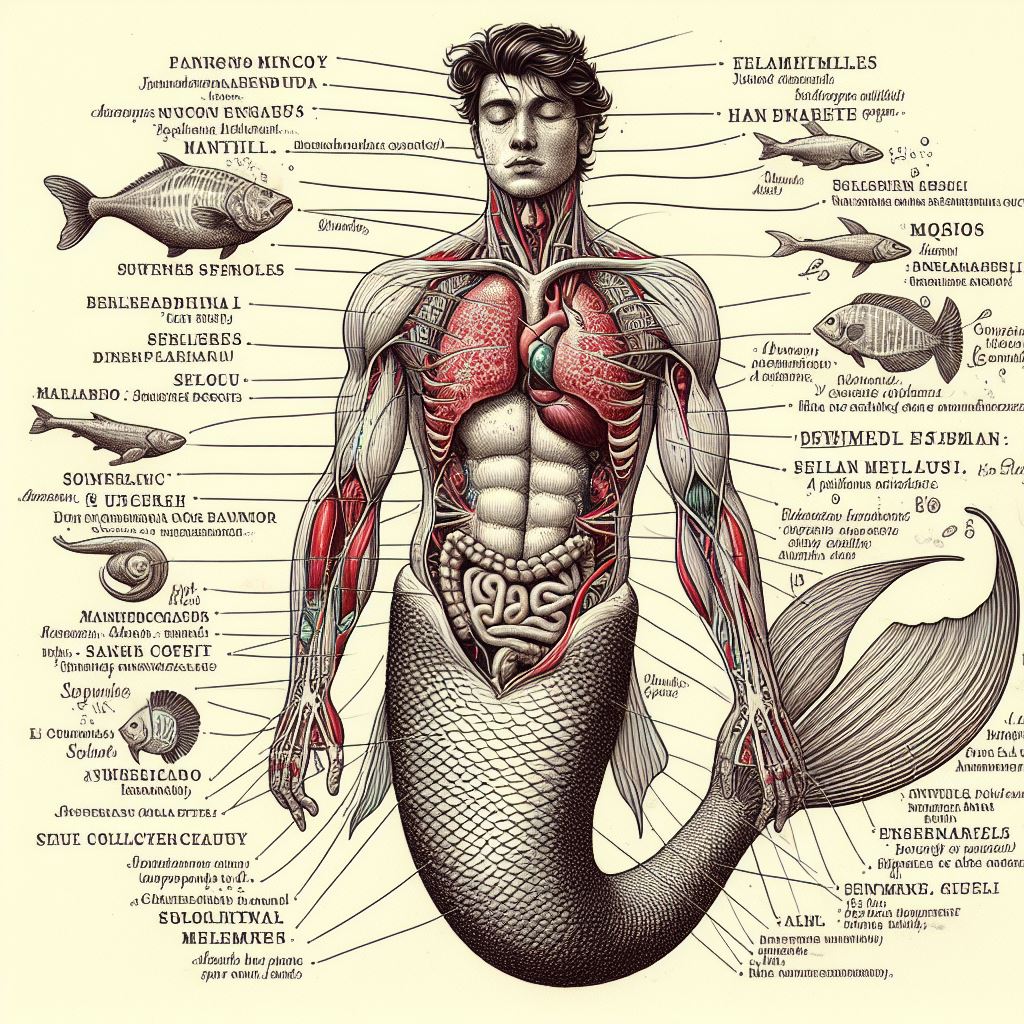
If mermen really existed as organic life forms, what would some of their probable anatomical and physiological adaptations be? Biologists have analyzed how these mythical creatures might have feasibly evolved for underwater living.
Fish-Like Adaptations
Like marine mammals, mermen would have developed bodily features maximizing hydrodynamic movement to swim rapidly.
Their fish-like tails, streamlined torsos, webbed hands and sharpened teeth match animals evolved for aquatic environments.
Over generations, their human ancestors would have gradually developed these traits enabling survival and competition beneath the sea similar to ocean predators.
Breathing Underwater
Like whales, seals and other diving sea mammals, mermen would likely process oxygen differently to stay submerged.
Adaptations like increased red blood cell density, greater lung capacity, bloodstream restructuring and anaerobic metabolic pathways would let them thrive deep down for long periods before surface breathing.
Temperature Regulation
Ocean depths pose challenges like cold temperatures and high pressures lethal for humans. Mermen would accordingly need blubber layers for insulation along with cardiovascular and respiratory compensatory mechanisms. counteracting the effects of cold water immersion.
Bioluminescence
For navigation and communication in lightless zones hundreds of meters below the photic zone, mermen may even have developed bioluminescent photophore organs like many marine organisms. All these speculative adaptations could explain mermen’s mythical divine qualities.
Further Exploration
More evidence needs to emerge before mermen can migrate from legendary creature to acknowledged organism. But as 95 percent of the ocean remains unexplored, who knows what revelations its alien darkness still conceals?
Mermen Magic and Abilities
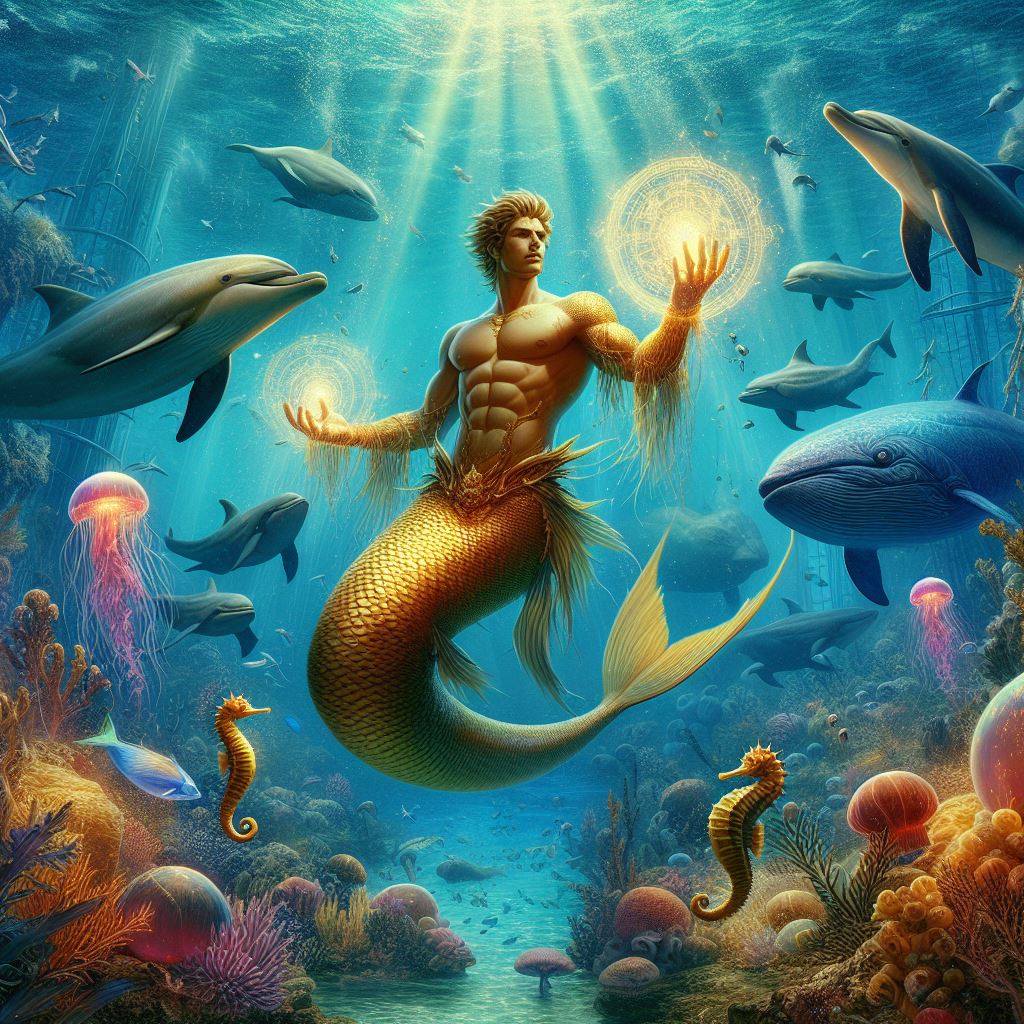
In mythology and fiction, mermen display near-divine talents allowing sway over the sea and aquatic environment. Spectacular mermen specimens exhibit decidedly supernatural traits and command incredible forces.
Superhuman Strength and Speed
Top mermen warriors like the sea god Triton and DC hero Aquaman can swim at highway car-like speeds and possess whale-like muscular power, enabling wrestling sharks. Accordingly, some mermen serve as honor guards or elite troops. Capable mermen fighters can overwhelm normal humans.
Telepathic Control
Certain mermen allegedly achieve a quantum psychic link with ocean life enabling telepathic communication and influence over sea beasts. This grants them extraordinary capacity to harness whales, giant squids, or schools of fish for their agenda.
Weather Manipulation
Extremely advanced mermen can purportedly manipulate water dynamics, generating or quelling storms. Throughumnienvironment intercourse, they may accomplish limited macrokinesis to create waterspouts, geysers or whirlpools according to spectacular accounts.
Healing Powers
High-level mermen like Poseidon can reputedly heal themselves or others through aquatic medium exchange. Concentrative trance states allow them to mend non-fatal wounds minus traditional medicine.
Shapeshifting
Some mermen legends describe them as shapechangers who can temporarily transform to human form, often beautiful sailors who set foot on land to study human civilization or seek human spouses while concealing their genuine origins. Their prolonged stays on land may desiccate them, however.
In many beliefs, mermen rank as more magically talented and thus more formidable than mermaids, befitting their definition as the aquatic ubermensch. The full scope of their reality-distorting faculties may still remain undisclosed.
Do Mermen Actually Exist?
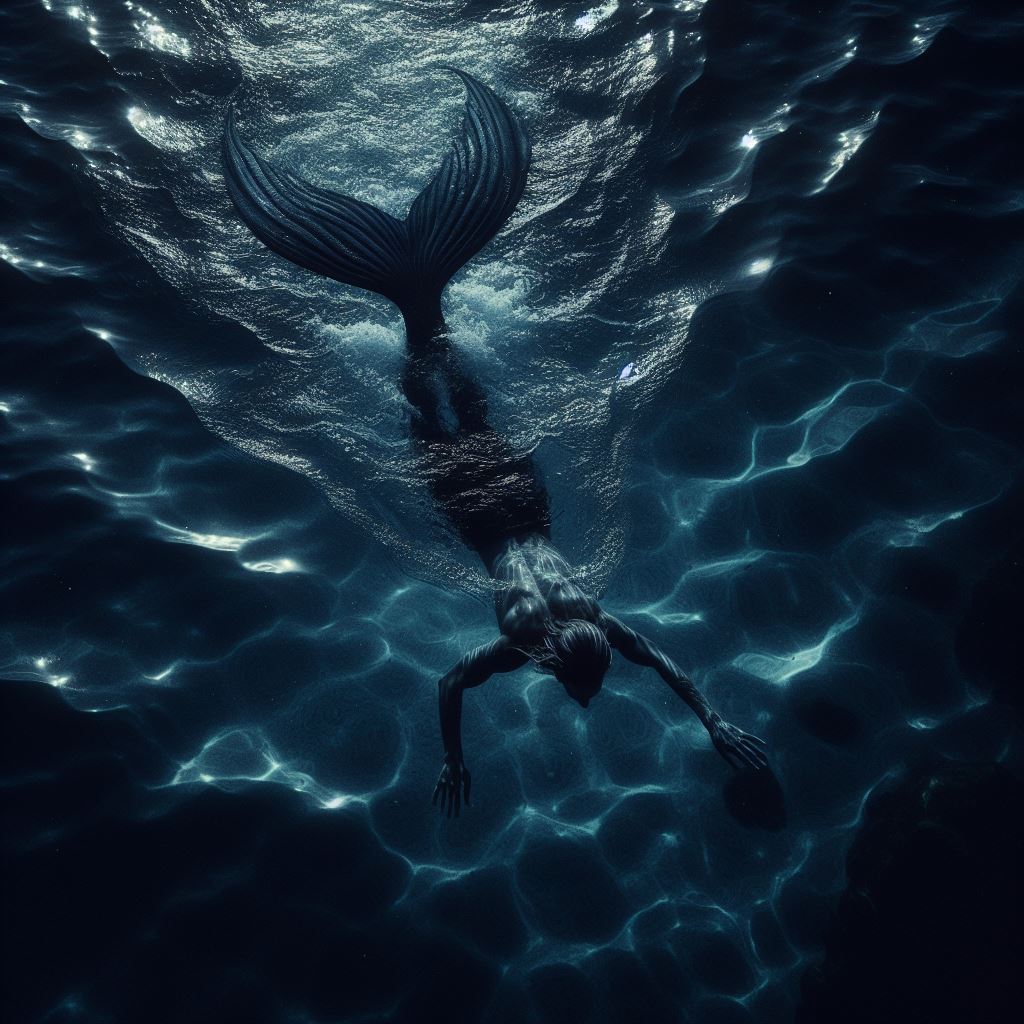
However enticing, prevailing scientific convention argues that anatomically improbable mermen only constitute mythical rather than biological entities.
Most biologists consider mermaids and other human-fish hybrids unreal. But certain counter-interpretations propose explanations for how these elusive beings might inhabit the world’s oceans and evade detection.
Theories and Speculation
A minority of marine biologists theorize merfolk could have emerged from some proximate common ancestor shared by humans and marine mammals like dolphins.
Their line may have diverged on some isolated island chain or radiated into niche lifestyles. Another notion suggests certain men diving for food long ago underwent natural selection favoring aquatic adaptation.
Detached subpopulations might have speciated merfolk. Despite lack of hard evidence so far, plausible frameworks exist.
Sightings and Legends
Additionally, multiple legends persist of people encountering aquatic humanoids with fish tails, and certain authors have cataloged anecdotal mer-being sightings over the centuries.
While many cases constitute misidentified animals, a handful of plausible testimonies keep open the doors to thoughtful inquiry.
Though unproven, chronic stray reports tempt further investigation especially as new deep sea life still emerges periodically.
Cryptozoology
From analyzing old stories to exploring little frequented waters, some cryptozoologists have taken interest in substantiating rumors of merfolk.
Using models drawn from discovering previously unclassified primate species, they speculate on how to verify aquatic humanoid beings through captures, surveys, photographic evidence or DNA testing.
Apart from issues with research funding and greater institutional credibility however, many questions remain.
FAQs about Mermen
What is a merman?
A merman is the mythical male counterpart to a mermaid, an aquatic humanoid with the upper body of a man and the lower body and tail of a fish. Mermen originated in ancient mythology and still appear in fantasy art and fiction.
Do mermen really exist?
There is currently no scientific evidence confirming real mermen exist. Their anatomical combination as humans merged with fish seems implausible by evolutionary standards. However, mer-being legends persist around the world with cryptozoologists still investigating sightings seeking proof.
Can mermen transform to walk on land?
In certain legends, mermen assumed human shape temporarily to leave the ocean and venture onto land. However most depictions show them limited to aquatic environs only even if capable of surviving temporarily in air. Their natural habitat spans strictly oceanic areas. Transforming seems more a mermaid trait.
What is the difference between a merman and a male mermaid?
There is no actual difference. Merman and male mermaid are terms used interchangeably to describe the mythical male counterparts to mermaids. They both have male human torsos and heads with fish tails.
Who is the king of the mermaids?
In many fictional stories, the ruler of the merpeople is King Triton, son of Poseidon. He is depicted as a powerful merman wielding a trident who commands all merfolk. So Triton can be considered the king of both mermen and mermaids in popular culture.
Conclusion
Tales of fantastic mermen have populated human cultures for eons, reflecting our limitless imagination and affinity for the sea.
The primordial merman archetype embodies mankind’s simultaneous connection, fear and obsession with the ocean coupled with envisioning its unknown mysteries and dark frontiers.
Although disputed and elusive creatures, mermen signify humanity’s desire to believe in enchanted possibilities coexisting somewhere within immense blue depths, ensuring their mythical longevity through wondrous art and story for ages yet to come.
